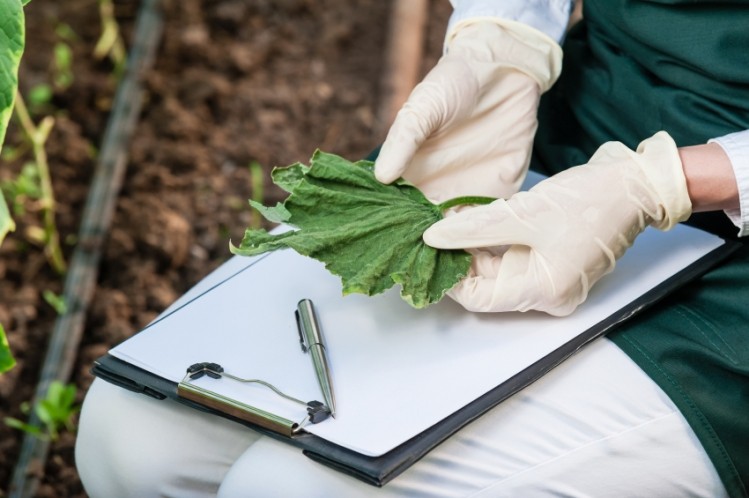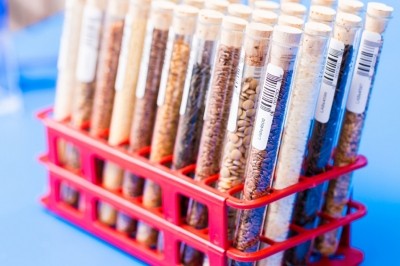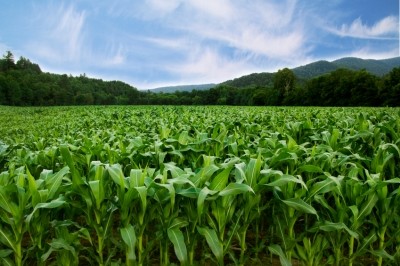Special Edition: Crop Science
Improving US soybean and corn yield a research priority at Purdue

The university is building a plant phenotyping site at the Agronomy Center for Research and Education in Indiana, to further its work in plant sciences. Costing over $20m in total, the new facility is to open in spring 2016.
Phenotyping is the identification and measurement of plant characteristics.
“This whole project [involves] the plant sciences research and education pipeline,” said Karen Plaut, senior associate dean in the college of agriculture at Purdue. “It starts with basic biology, moves though some imaging technologies in the lab, and into the field with field phenotyping, and towards commercialization.”
It is envisaged that the facility will help continue research looking at ways to improve crop growth and yield by serving as a catalyst and hub, bringing together multidisciplinary teams of faculty and students to develop innovative technologies in agriculture.
Researchers will assess the physical characteristics of plants so farmers can adapt crop production practices to enhance sustainability and improve crop productivity and nutritional attributes.
Plaut told FeedNavigator one team of scientists is to leverage big data to develop new maps of the soil and understand how water moves through fields on farmer’s property. “You can develop new, more precise ways to deliver nutrients,” she said.
Other groups of plant experts, she said, will focus on breeding soybean strains or sorghum, for instance.
Phenomics data on crops grown at the agronomy center will be gathered from high-tech equipment above, on and under the ground and transferred by fiber-optic cable to the university's high-performance computing facilities for analysis.
Precision farming
The new building will allow researchers and students to more effectively and efficiently gather large amounts of data on plant growth and development, said Plaut. It will offer the technology to track plant phenotypic traits like height, and leaf color and size.
“Previously, we’ve done this by hand or with small tools of automation,” she said. “At the new facility, you can do this with thousands of plants, and put it in the hands of farmers.”
One goal of the research will be to develop ways to help farmers to be more precise in their farming, while improving production of feed crops or other produce, she said.
Using tools like unmanned aerial devices, soil monitors and machines that can travel through crop rows, 10 to 15 measurements can be taken on each of the plants growing on the 1,500 acres surrounding the facility during different stages of growth or weather conditions.
“When you get more information about the plant, you can predict how it acts in different environments,” said Plaut.
Eventually, the work should lead to the development of products like apps that can help farmers know exactly what part of a crop needs to be treated for a pest or disease, or where to apply what fertilizer, instead of treating the entire field, she said.
“If there are 15 [diseased] plants, you spray those plants, and an area around it, as opposed to all 10 acres, so you can catch the disease earlier,” she said.
In the university fields, researchers already know the genetics of the plants they are growing and will be able to start mapping what makes them most successful in different growing conditions like wet weather, or drought, she said.
Another area of work is set to be development of new sensors to evaluate plants in a broader visual spectrum than the human eye can see, she said. “We can develop new sensors that are hyperspectral that can detect different characteristic of the plant, so we may be able to make prediction about the plant, the yield or nutrients that we can’t right now,” said Plaut.
Provisions also have been made to help students or researchers move their projects toward commercialization through programs including the Purdue Foundry, she added.
Funding
The Indiana-based university announced earlier this month that more than $4m has been given in donations the 25,000 square foot phenotyping facility. Among the donors were the Indiana Soybean Alliance, Indiana Corn Marketing Council and AgReliant Genetics.
Several of the organizations that donated to the facility are helping fund construction and equipment and establish research endowments for work done to improve corn or soybeans, said Plaut.
Data collection
The new building will house the technology used for the data collection work including a thresher for seed research, said Plaut. It also will allow for cross-disciplinary work with computer engineers, aviation technology and agricultural scientists.
“It’s bringing all these different disciplines and their expertise to this area,” she said.
“It’s one of the biggest values of the whole thing – bringing knowledge of different disciplines [to improve agriculture].”












